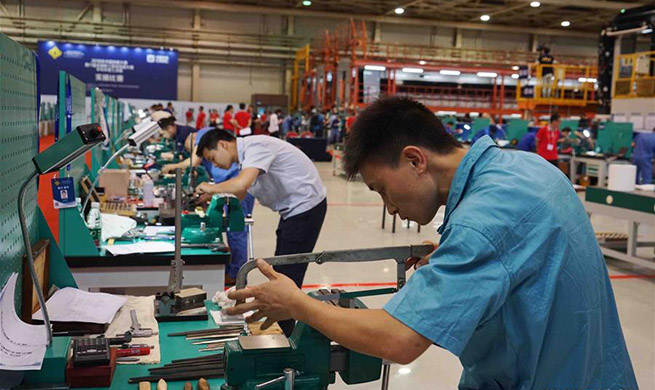SAN FRANCISCO, Aug. 17 (Xinhua) -- Researchers from Stanford University have created a new artificial intelligence (AI) powered camera system capable of processing images in a faster, more efficient way, and holds a promising future for being applied to self-driving vehicles or security cameras.
The breakthrough was published in the science journal Nature on Friday.
A research team led by Gordon Wetzstein, an assistant professor of electrical engineering at Stanford, combined two types of computers into one hybrid optical-electrical computer designed specifically for image analysis.
The AI-powered camera system includes an optical computer in the first layer, which does not perform digital computing that requires power-intensive mathematics algorithms, while the second layer is a traditional digital electronic computer.
The optical computer is responsible for physical pre-processing of image data involving multiple ways of filtering, which requires zero input power, because the filtering happens naturally as light passes through the custom optics.
The new approach of image processing saves a lot of time and energy for the hybrid system that would otherwise be consumed by mathematical computing.
With these pre-processing steps, the digital computer layer can start the remaining analysis immediately.
Millions of calculations are circumvented and it all happens at the speed of light, Wetzstein said.
The prototype camera system proves operational in both simulations and real-world experiments after it was successfully used to identify airplanes, automobiles, cats, dogs and more within natural image settings, with speed and accuracy outperforming existing electronic-only computing processors.
The researchers said their next step is to miniaturize the system, now a prototype arranged on a lab bench, to fit it in a hand-held video camera or a drone.













